According to last Sunday’s New York Times, paying $145 nightly (now $170) to stay on a private farm near Hilo, in a small cottage without electricity and a bathroom, and not even helping with farm duties, is an example of responsible tourism. Really? It seems like “responsible tourism” is the new buzzword and is tossed around in ways that it was not meant to be.
Here’s our definition: Responsible tourism is when you positively impact local communities and join them to protect environmental resources, contribute to inter-cultural understanding and help with income-earning opportunities to alleviate poverty. Another buzzword, ecotourism, supports conservation efforts, including wildlife.
For example, helping to build homes for Habitat for Humanity is a good example of responsible tourism. Counting whales or volunteering with the monk seal program can qualify too as ecotourism. But paying to stay at someone’s private farm without electricity or a bathroom, puts the money into the owner’s pocket instead. And considering the millions of people who visit Hawaii each year, it’s not going to be the wave of the future or make much of a difference to our islands.
While the New York Times article says about this farm, “It also offers a window into how tourism in Hawaii and other overtouristed places could thrive in the future, without harming the environment or the people who call a place home,” we would argue that there are better ways to make a difference instead of vacationing off-grid in Hawaii. Also, just a few people vacationing off-grid will not have the same long-term impact as helping to build a home for a low-income family or protecting an endangered monk seal.
Recent interesting initiatives, some unexpected charges on a Waikiki hotel bill this weekend ($5 Tree fee and $1.38 Carbon Neutral Footprint fee), and this article in NYTimes made us wonder about just where Hawaii visitors fall. We also put that in perspective with what we’d rather do on our own vacations.
First, the NY Times article features The Inn at Kulaniapia Falls. Why?
In what looked more like an advertorial than any news piece, Sunday’s Times had a story about someone who stayed at The Inn at Kulaniapia Falls (off-grid cabins for $170 a night) and reported on their Hawaii vacation. The cabins were “replete with an ocean view and an “extremely comfortable bed.” It was without, however, a private bathroom or electricity. The 40-acre property includes a private waterfall, traditional accommodations at the Inn, and off-grid cabins at the farm.”
Years ago, coincidentally, your editors stayed at Kulaniapia Falls in a room overlooking the falls at the Inn and thought it was beautiful. This was before they added the rustic cabins featured in the NY Times article that can be booked on their website or on Airbnb. According to the article, an off-grid cabin “offers a window into how tourism in Hawaii and other overtouristed places could thrive in the future, without harming the environment or the people who call a place home.”
Options at the rustic cabins include Chef’s table dining (including arguably non-environmentally sound) Kauai prawns, breakfast, cooking classes, and farm tours. “There is also a solar power battery bank that provides power for the cabin’s lights and charges your electronic devices via USB-A connection.”
A communal kitchen and bathrooms (at a nearby barn) include “proper flush toilets and outdoor showers with on-demand hot water… located 100-150 ft away from your cabin. There’s even a resort “amenity fee” (Yes!!) of $10 per person/daily. That includes access to the falls and the use of kayaks and paddleboards.
Ready for critters? They may come into your cabin too!
“You will encounter animals, and as such, may not bring your own, for their safety, and ours. We have dogs, cats, goats, cows, pigs, horses, and there are wild hogs, mongeese, birds, hawks, lizards, coqui frogs, and many more types of wildlife. Some of them may come quite close to your cabins, or even inside.”
There’s a large swimming pond underneath Kulaniapia Falls and a “private swimming hold closer to the farm, where clothing is optional.”
Google reviews are mixed, while Airbnb reviews are mostly positive. What’s your take?
Contrast the NY Times example above of responsible tourism with the ones below.
Kualoa Ranch Malama Aina experience.
A favorite spot of ours, the 4,000-acre Kualoa Ranch on Oahu, is best known as the setting of over 200 movies and TV shows, including 50 First Dates, Lost, Jumanji, and the Jurassic Park franchise. In spite of being a tourist destination for those seeking to connect with Hollywood entertainment created in Hawaii, it also features a tour offering visitors an authentic Hawaii cultural experience.
The Malama experience is about caring for the land, from working with ancient Hawaiian fishponds to taro paddies.
The working farm is a cultural tour that clearly leaves an impression on participants. This allows visitors to give back to the land where they are visiting and teaches teamwork. Kualoa says: “That’s the concept of Malama and laulima, where everybody works together. It was a kakou (“all”) thing, that’s what we say, meaning we’re going to come all and we’re going to work together.”
Pacific Whale Foundation beach cleanups.
On a more sustainable note, the Pacific Whale Foundation focuses on “monitoring, collecting, and reporting debris found in our oceans. They strive to bring awareness and encourage local and tourist public involvement. Pacific Whale Foundation supplies everything you need for a memorable beach cleanup day.”
There are many more examples, and on Giving Tuesday, what better way to look at how to make a difference?
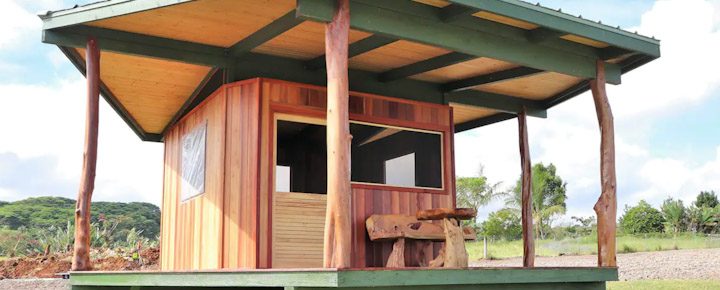
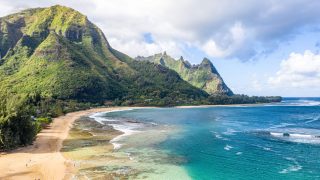
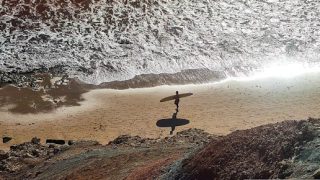
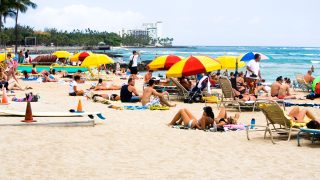

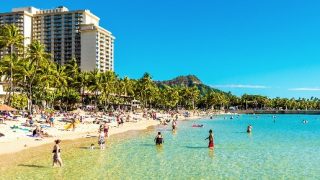
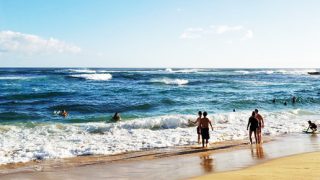
Dean, having worked with many homeless people I can tell you that a huge majority don’t Want to work. I’m afraid a program like that would just create another layer of bureaucracy where funds would be siphoned into the wrong hands!
You got this one completely wrong. Most respondents seem to agree that you are off base.
I Loved the NY Times article. It was refreshing to see them pushing something more than corporate tourism, and a lot more responsible than the article they ran mid-pandemic urging people to come here while most things were closed down.
As an alternative, why not redirect taxes used to promote tourism to fund a program to hire the homeless as a labor force to clean parks, beaches, perform other community service projects that seem to need tourists as a workforce to perform. It would reduce tourism as desired and positively impact Hawaii. Fees could be added to better fund the program as needed. Tourists could still perform public service if they desire.
Responsible tourism is not acting like you are better than everyone else. It’s not being entitled. It’s showing respect for others and the land and animals. This is something that those people don’t understand. If they are unwilling to do that, they should find somewhere else to go.
I am very disappointed with this article, BoH. I expect better from you. Have you considered how hard it is for farmers to make a decent living anywhere in the world, let alone on Hawaii. The extra income they receive from the vacation rentals can surely help them keep their farm maintained, fix equipments, thrive, and Survive. I agree that it is not as eco as other ideas you mentioned, but we can all start somewhere in small steps. This particular baby step is experiencing how farmers live, what life is like without basic amenities that most people assume are required necessities and have taken for granted. Baby steps count as much as the grand ideals. I want all farmers on all Hawaii islands to survive and thrive. May they prosper.
I agree! Farming is difficult! I stopped buying from grocers and only go to local farmers for most of my food. It is fresher, and it helps the local farmers and it helps Hawaii remain self sustaining.